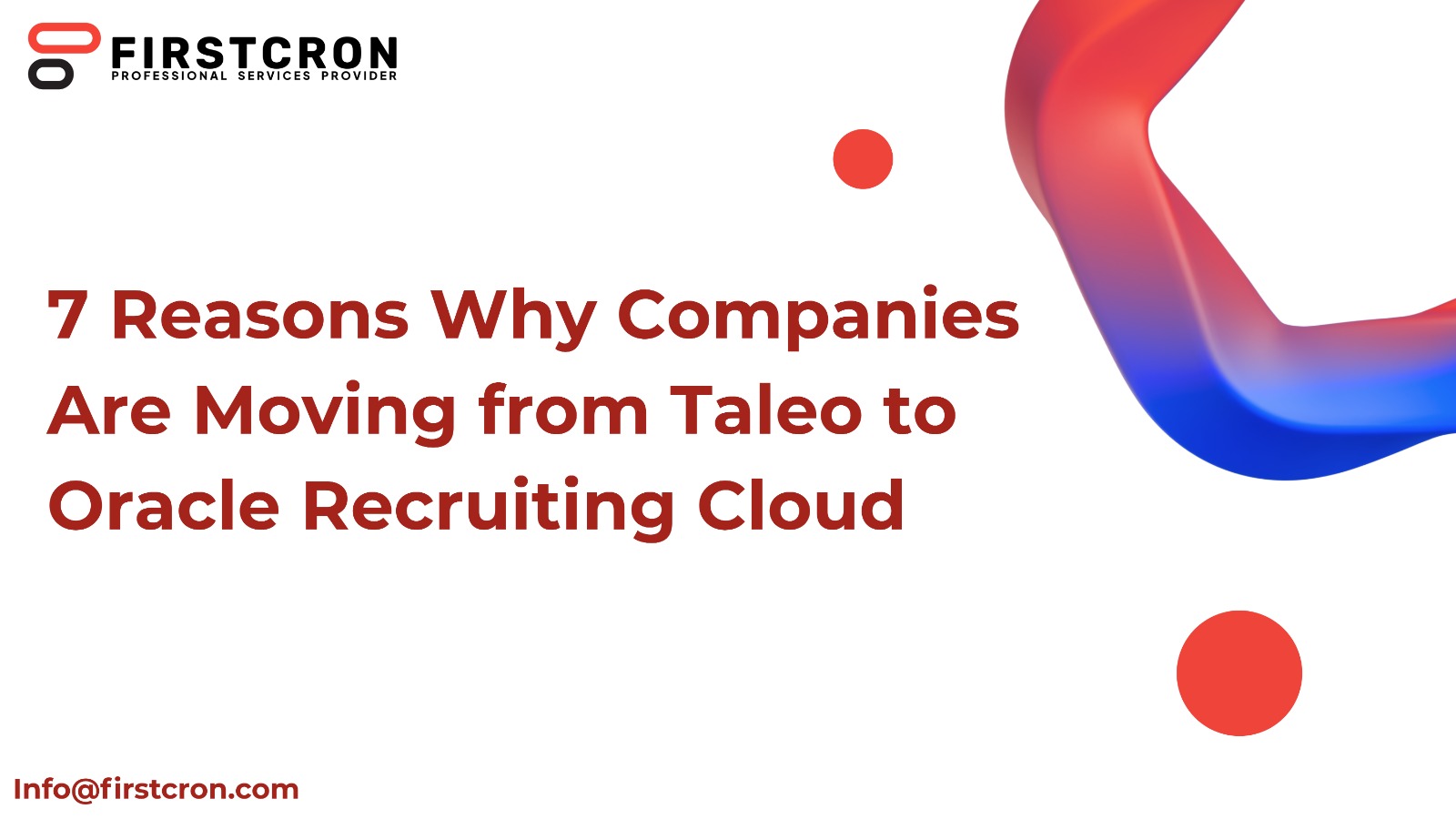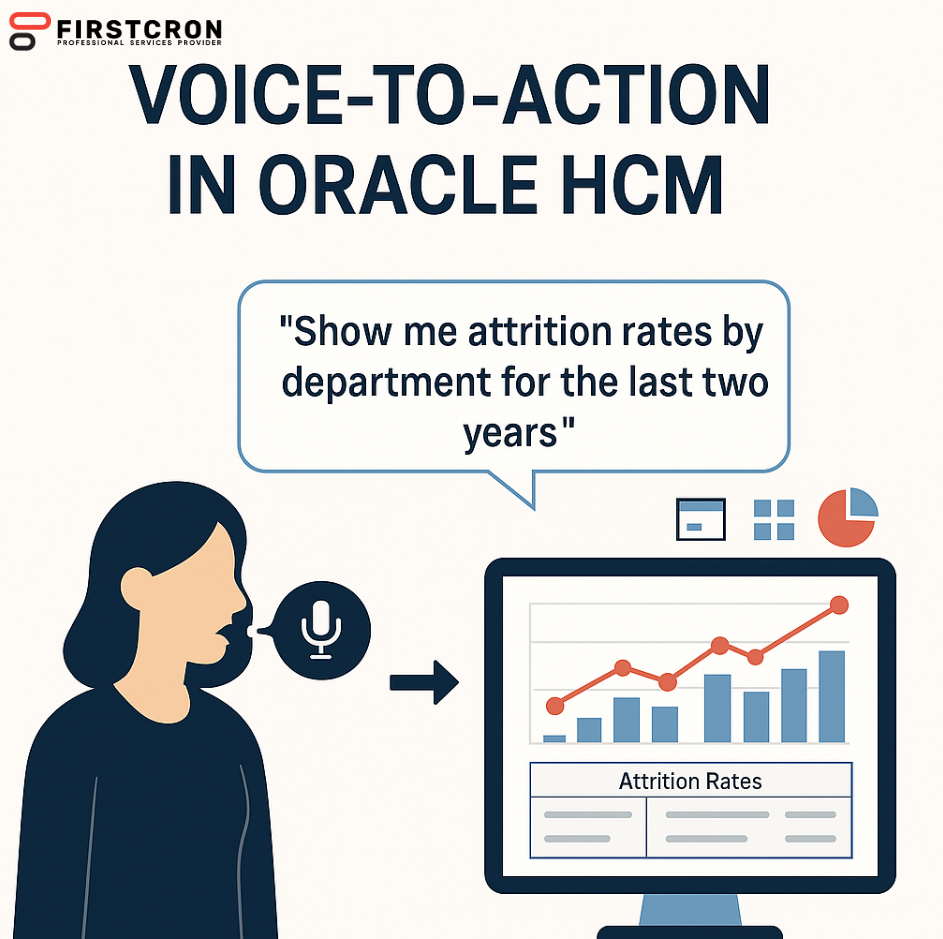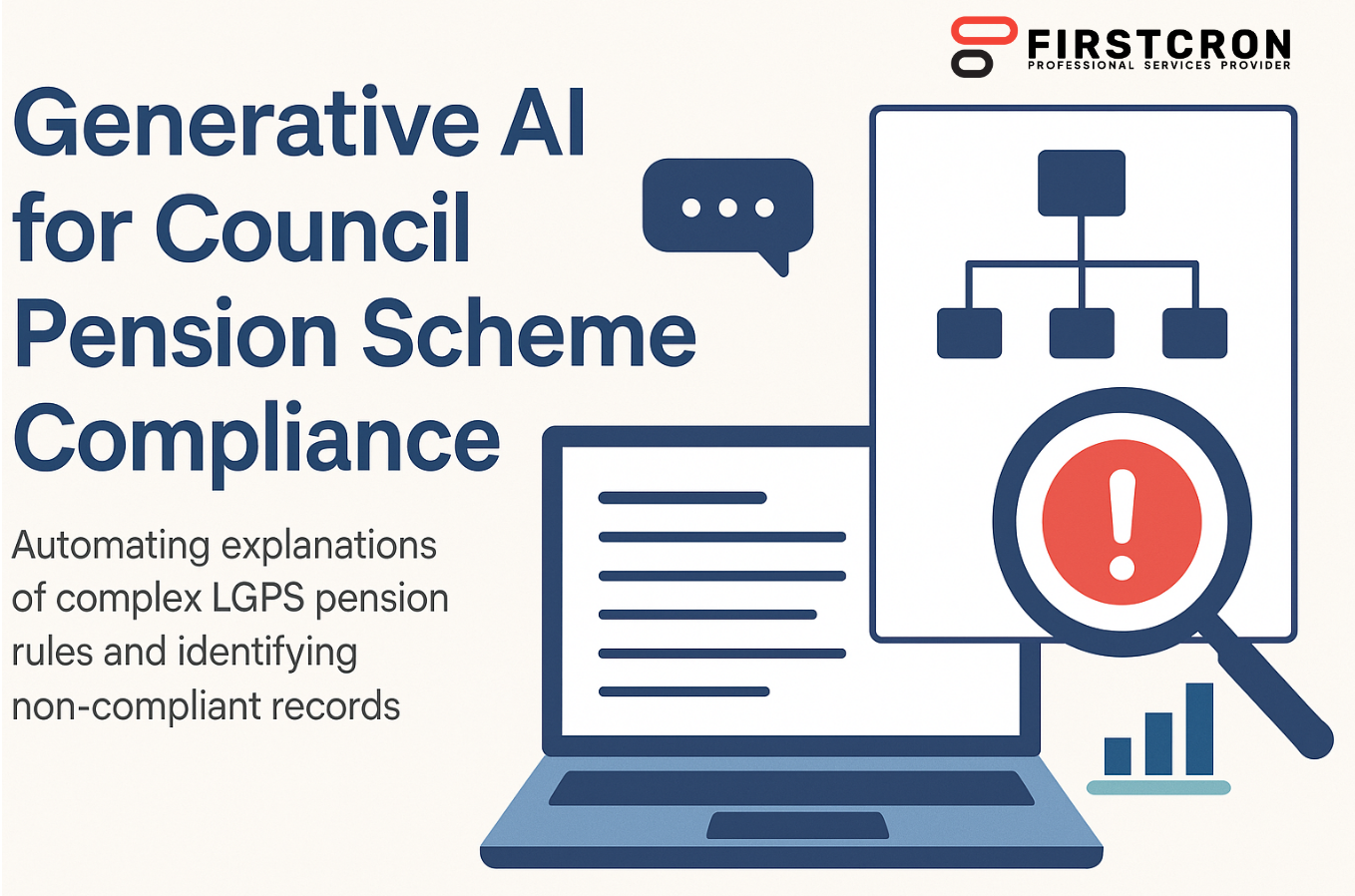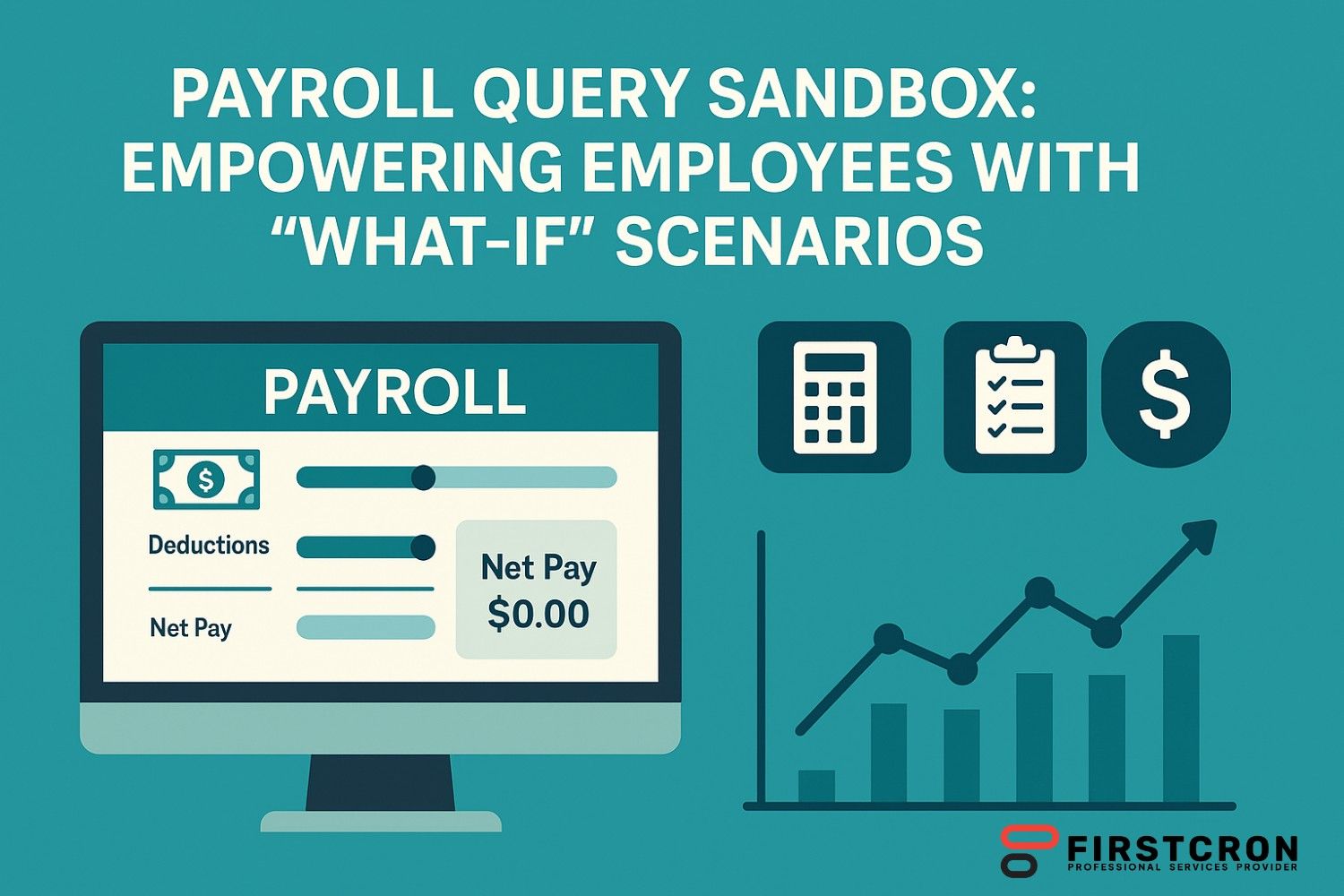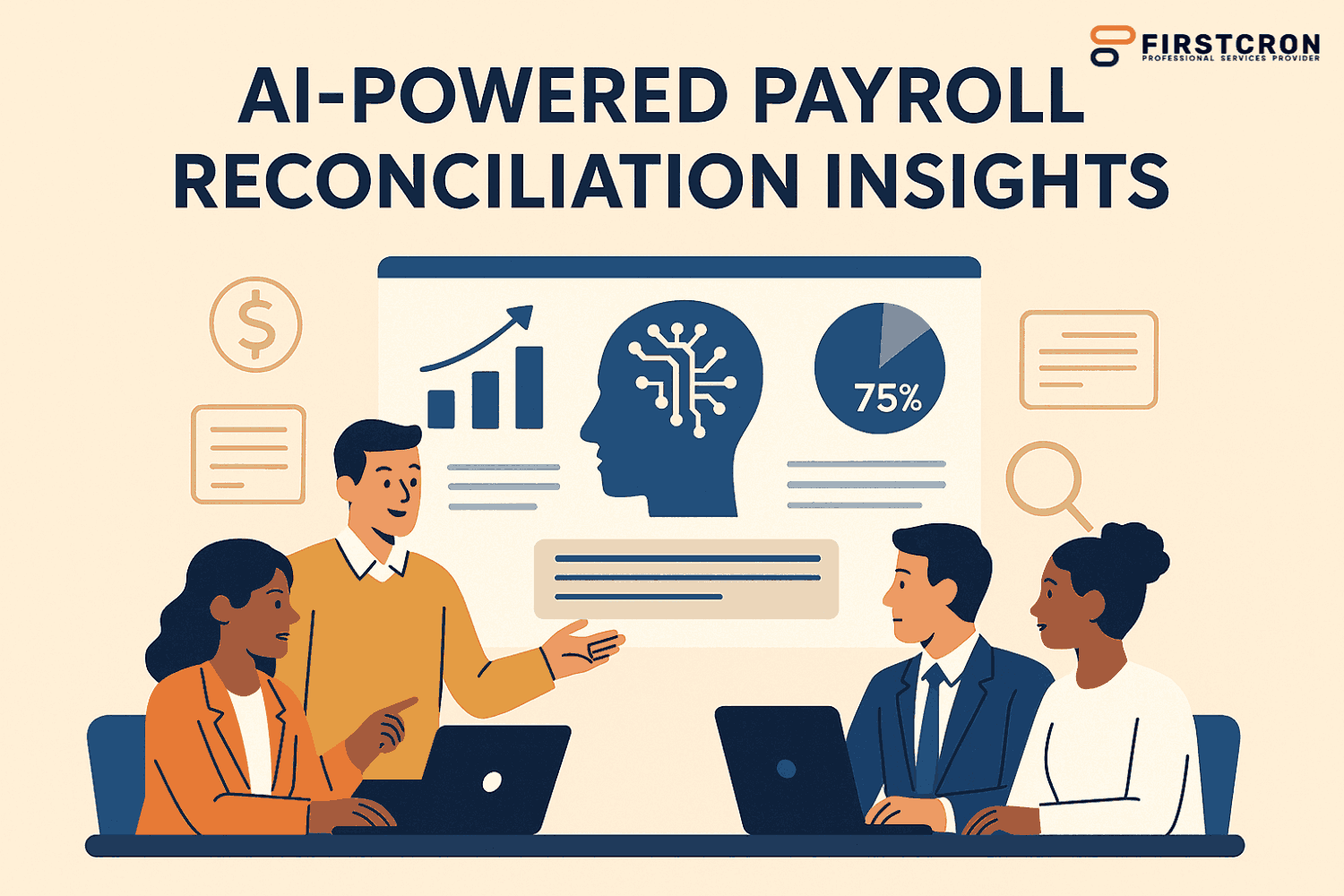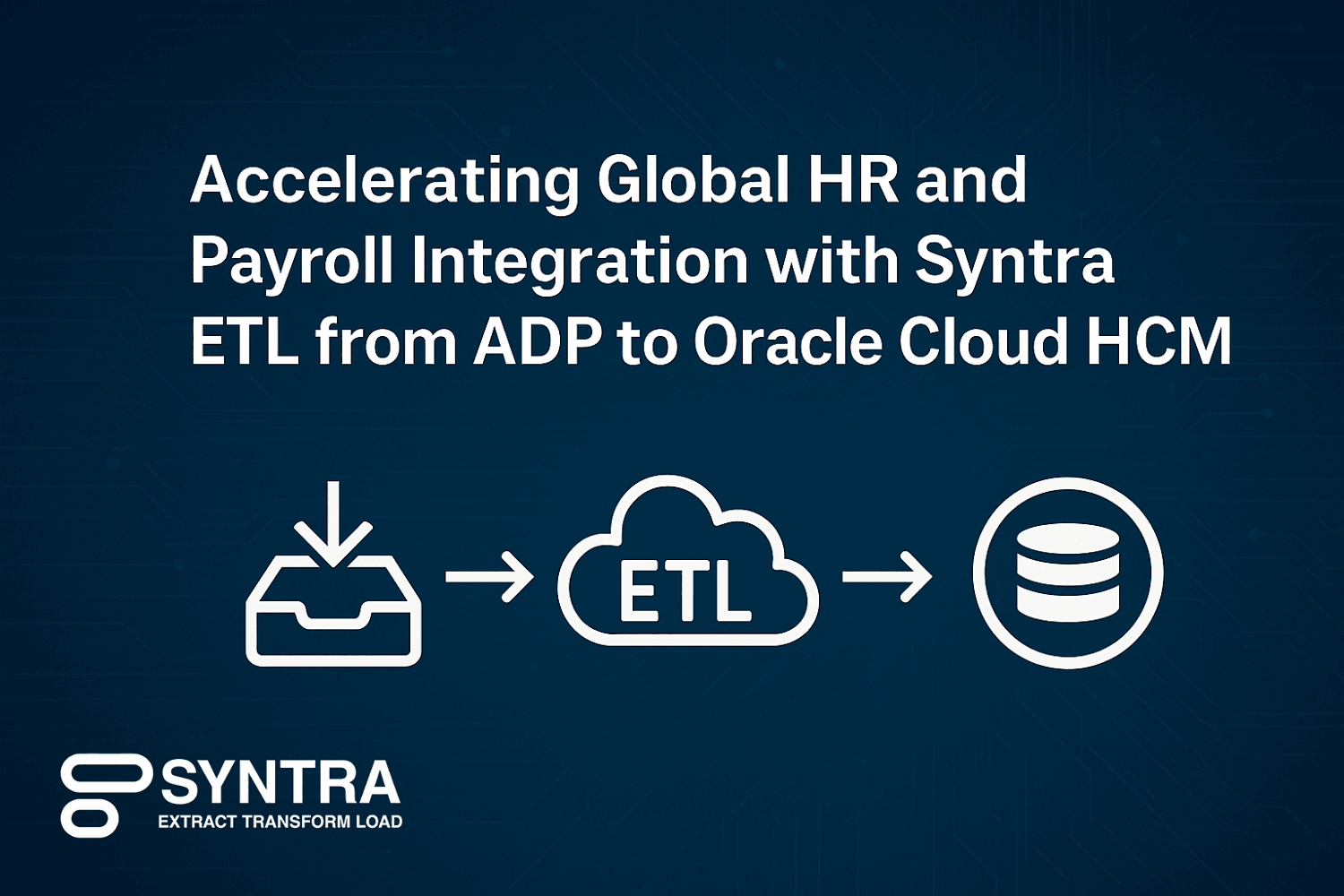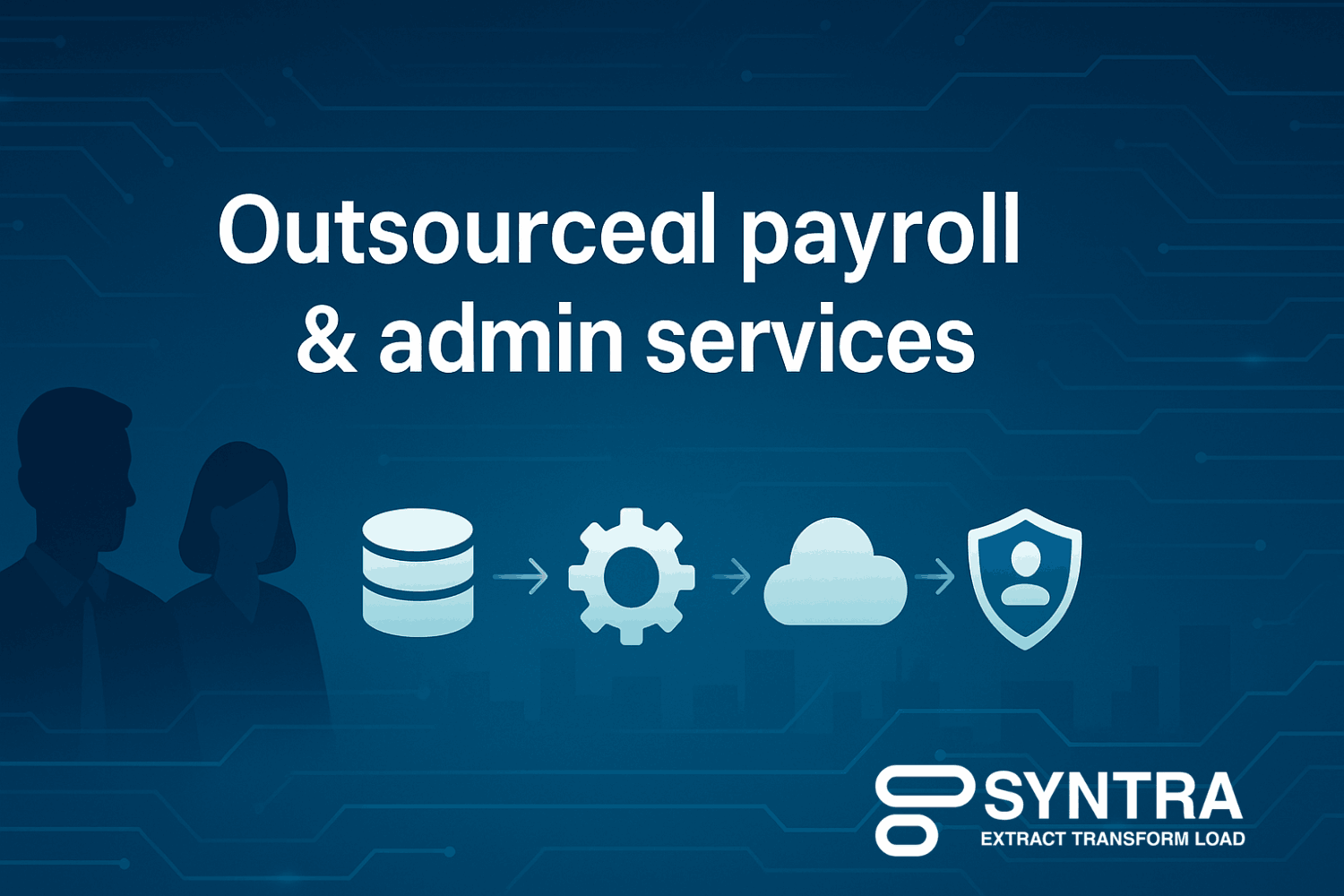
Outsourcing payroll and admin services only works when data moves cleanly between systems. Many teams in the United States and across global operations use ADP for core HR and payroll while standardizing on Oracle Fusion for enterprise processes and reporting. The gap between those platforms is not just a connector problem. It is a translation problem. Syntra addresses that gap with a purpose built extract transform and load approach that aligns ADP structures to Oracle Fusion requirements, so payroll and HR do not have to burn cycles on manual fixes or brittle scripts. Recent guidance from FirstCron highlights how Syntra standardizes the movement of employee records, compensation details, and payroll costing from ADP into Oracle Fusion to reduce rework and risk.
In this blog we’ll cover
- Why ETL Is The Backbone Of Outsourced Payroll
- What Syntra Does Differently
- The High Value Objects That Require Transformation
- Typical Object Flow From ADP To Oracle Fusion
- Implementation Patterns That Fit Outsourced Teams
- Governance, Observability, And Compliance
- What Success Looks Like
- Getting Started
- Closing Thought
Why ETL Is The Backbone Of Outsourced Payroll
When payroll is outsourced, accuracy and timeliness depend on the integrity of data handoffs. ADP itself underscores the need for secure and reliable integration patterns with Oracle to simplify compliance and reduce risk across HR and post payroll processes. Oracle also documents native options for connecting to ADP, which shows how important clear data contracts and status tracking are for production grade flows. An ETL layer is still essential in many landscapes because each customer has unique rules, legacy codes, and local variations that must be mapped and validated before load.
What Syntra Does Differently
Syntra is designed for the realities of HR and payroll data. Rather than generic pipes, it delivers a governed ETL framework that extracts from ADP, transforms to the shape Oracle Fusion expects, and loads with visibility and control. FirstCron describes how Syntra applies validation rules, mapping logic, and formatting checks to head off common failure points during integration. The outcome is consistent movement of core HR and payroll data domains with fewer surprises on cutover days or payroll close.
The High Value Objects That Require Transformation
The biggest efficiency gains come from transforming the object families that change most often and carry the highest downstream impact. Syntra focuses on these domains first, because errors here cause the most manual effort later.
Worker identities and assignments
ADP person identifiers and employment statuses often need normalization to Oracle Fusion person numbers and assignment structures. The translation must handle contingent workers, rehires, and concurrent assignments without duplicating records. Doing this in the ETL stage prevents reconciliation loops in downstream approvals and reporting. FirstCron notes that Syntra standardizes these moves to preserve data clarity across systems.
Compensation elements and pay components
ADP earnings, deductions, and contributions rarely match one for one with Oracle element definitions. Syntra maps component codes, resolves effective dates, and enforces value ranges so that loads to Oracle do not fail due to missing elements or invalid values. This reduces reruns during payroll close and makes audit questions easier to answer.
Time and absence related feeds
Where time capture is external or sits in a workforce system, hours, shifts, and absence codes from ADP aligned sources must be translated to Oracle costing and time categories. Syntra applies code mapping and unit normalization to prevent miscosted hours, which is a common source of manual rework in multi site operations.
Payroll results and costing
ADP payroll results need formatting to Oracle journal ready structures. Syntra consolidates costing segments and aligns chart of accounts segments required by Oracle financials. FirstCron explains how this standardization accelerates labor costing, expense allocation, and budgeting in Fusion without manual patchwork.
Banking, tax, and compliance attributes
Routing numbers, tax elections, and work location attributes carry jurisdictional rules. Syntra validates these fields during transform so downstream compliance checks pass cleanly. ADP and Oracle materials emphasize the importance of compliance aware integration for risk reduction, which Syntra enables through pre load validation.
Retro events and adjustments
Late hires, back dated changes, and one time corrections are routine in payroll. Syntra detects retro deltas, sequences records with effective dating, and recalculates derived fields to prevent out of balance loads and payroll reruns. This is a key driver of time savings during monthly and year end peaks.
Typical Object Flow From ADP To Oracle Fusion
| Object Focus | Typical ADP Source | Oracle Fusion Target |
|---|---|---|
| Worker and assignment | Core HR person and job data | Person and assignment with effective dating |
| Pay components | Earnings and deductions from payroll | Elements and element entries with costing |
| Payroll costing | Payroll results and GL mapping | Accounting distributions and journals |
This simple pattern shows why transform rules matter. If person identities are clean, components are aligned, and costing segments are complete, downstream ledgers and analytics will reconcile without heroics. FirstCron positions Syntra as the guardrail for those rules so teams can trust each cycle.
Implementation Patterns That Fit Outsourced Teams
Outsourced payroll and admin services often operate in one of three patterns. First, a coexistence model where ADP remains the payroll engine while Oracle serves as the system of record and reporting hub. Second, a migration path where data must be cleansed and staged during a phased cutover to Oracle Cloud HCM and Oracle financials. Third, a multi payroll consolidation pattern where several regional engines feed a single Oracle instance. FirstCron outlines how Syntra supports each pattern with reusable transforms and object templates, which lowers cost to expand into new geographies or providers.
Governance, Observability, And Compliance
Integration is not complete without proof. Oracle describes status and monitoring pages in its guidance on ADP connections, which helps teams track events. Syntra extends that discipline by validating records before load and logging lineage from extract through transform to load. That makes audits simpler because you can show the origin, rule set, and outcome for each record. This aligns with ADP and Oracle guidance that stresses compliant, tested, and supportable integration between the platforms.
What Success Looks Like
With Syntra in place, HR operations and payroll teams spend less time firefighting. New hire data lands in the right place the first time. Element entries are consistent even when local naming habits differ. Retro changes no longer snowball into late journals. Financial controllers receive timely labor costing, while HR leaders gain consistent analytics across locations and providers. FirstCron notes that this is what modern payroll automation means in practice. It is not only dashboards. It is the quiet confidence that every calculation and approval sits on clean data.
Getting Started
Start with the object domains that carry the most risk. Most teams begin with worker identities and assignment structures, then move to pay components and costing. Lock down code maps, effective dating, and value ranges. Use Syntra to run test loads with realistic volumes and retro scenarios, and confirm journals reconcile in Oracle Fusion. As the patterns stabilize, extend the same rule sets to new regions or additional payroll engines. FirstCron shows that this progressive approach pays off for SMBs and mid market firms that need enterprise discipline without heavy custom work.
Closing Thought
Outsourced payroll and admin services thrive when every handoff is predictable. Syntra brings order to the most error prone parts of the ADP to Oracle Fusion journey by transforming high value objects before they cause work. The result is a repeatable pipeline that saves time, reduces effort, and creates trust across HR, payroll, and finance. In a world of tight deadlines and strict compliance, that is the advantage that keeps cycles on track.
Tags
Related Post
Navigating Oracle Fusion HCM & Payroll Patch 25C: Key Issues And Solutions For UK Local Councils
July 26th, 2025 10 min read
Navigating Oracle Fusion HCM & Payroll Patch 25A: Key Considerations For UK Local Councils
July 27th, 2025 10 min read
7 Proven Oracle Fusion Testing Principles To Guarantee Defect-Free Cloud Deployments
May 16th, 2025 15 min read
7 Reasons Why Companies Are Moving From Taleo To Oracle Recruiting Cloud
June 2nd, 2025 14 min read
How End-to-End Testing Of Oracle Fusion Enhances Operational Efficiency In Banking
May 23rd, 2025 11 min read
5 Business Benefits Of Investing In AI-Powered Performance Oracle Fusion Testing
May 5th, 2025 11 min read
WEEKEND READS
Voice-to-Action In Oracle HCM: Transforming HR Queries Into Intelligent Actions With GenAI
September 5th, 2025 23 min read
Automating Payslip Anomaly Detection With Natural Language Insights In Oracle ERP For The Public Sector
August 27th, 2025 24 min read
Successful Data Migration Completed — Now Live On Oracle Fusion
August 12th, 2025 4 min read
Generative AI For Council Pension Scheme Compliance
September 6th, 2025 18 min read
Payroll Query Sandbox: Empowering Employees With “What-If” Scenarios
September 17th, 2025 22 min read
GenAI For Patch Impact Summaries: Faster, Safer Oracle ERP Updates For The Public Sector
August 28th, 2025 32 min read
UKG (Ultimate/Kronos) — USA And Global, Legacy-to-Modern Workforce Management
October 5th, 2025 23 min read
AI-Powered Payroll Error Forecasting
September 26th, 2025 20 min read
AI-Powered Payroll Reconciliation Insights: Explaining Variances In Plain English
September 27th, 2025 25 min read
Accelerating Global HR And Payroll Integration With Syntra ETL From ADP To Oracle Cloud HCM
October 1st, 2025 17 min read









